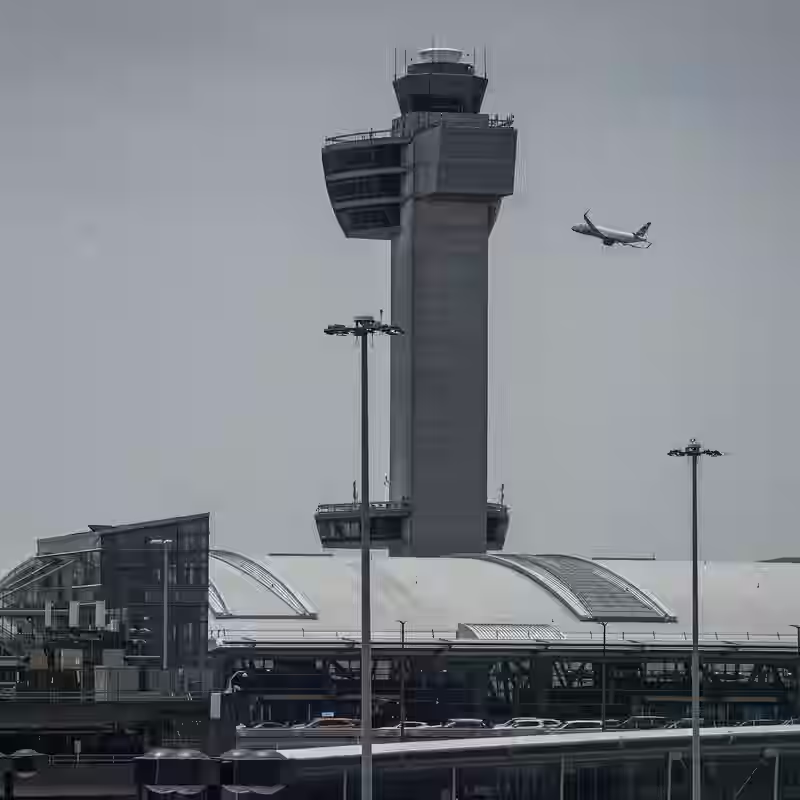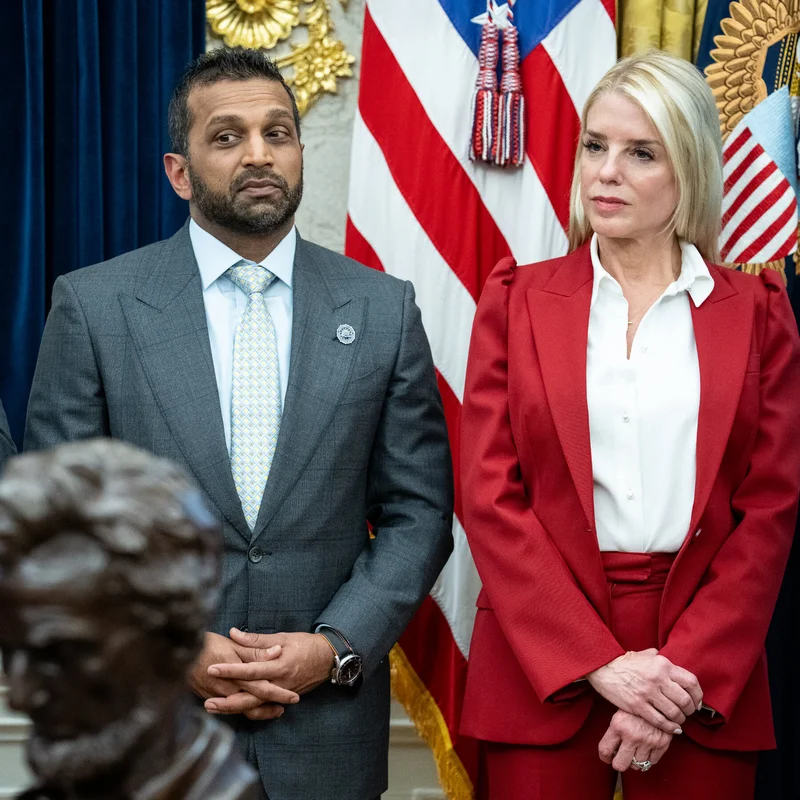Government Shutdown Puts U.S. Air Travel at Risk—Again
As the federal government shutdown began on October 1, 2025, millions of travelers asked one urgent question: Will my flight be affected? While essential aviation services like air traffic control and TSA screening continue—for now—experts warn that a prolonged shutdown could trigger cascading delays, safety risks, and even cancellations, echoing the chaos of the 35-day 2018 shutdown.

What’s Running—and What’s Not at the FAA
The Federal Aviation Administration (FAA) has activated its contingency plan, keeping “essential” personnel on the job without pay. But with roughly 25% of its 45,000 employees furloughed, critical support functions have already halted.
FAA Services: Shutdown Impact Breakdown
| Function | Status During Shutdown | Risk Level |
|---|---|---|
| Air Traffic Control | Operational (unpaid) | Low (short-term), High (long-term) |
| TSA Screening | Operational (unpaid) | Medium—absenteeism likely if prolonged |
| Aviation Rulemaking | Paused | Medium—delays safety upgrades |
| Air Traffic Performance Analysis | Paused | Medium |
| Equipment Repairs & Safety Initiatives | Delayed | High—long-term safety concern |
Lessons from 2018: When Sickouts Grounded Flights
During the last government shutdown—a 35-day standoff in late 2018—demoralized TSA agents and air traffic controllers began calling in sick en masse. The result? Major delays at airports from JFK to Miami, with some flights canceled outright. “Past shutdowns have led to staffing shortages and avoidable safety challenges,” said Capt. Jody Reven, president of Southwest Airlines’ pilots union.
What Travelers Should Do Now
- Book buffer time: Allow extra hours for security and potential delays
- Avoid peak travel days: Midweek flights may face fewer disruptions
- Monitor airline alerts: Carriers may issue waivers if chaos escalates
- Check TSA wait times: Use the TSA Wait Times tool (if updated)
Why This Shutdown Is Different
Unlike 2018, the federal workforce is already depleted—300,000 employees have left since January 2025 due to firings or resignations. Many remaining staff are covering multiple roles, increasing burnout risk. “You’re asking people to work unpaid while already stretched thin—that’s a recipe for operational breakdown,” said an aviation safety expert.
For real-time flight updates, visit your airline’s website or the FAA (though some pages may be outdated during the shutdown).




